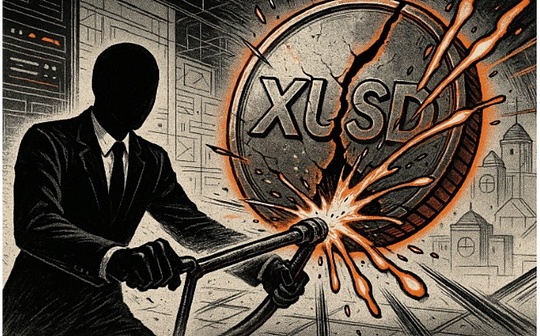
Author: MILES Source: X,@MileS082510
Yesterday, I discussed the problem of ZK acceleration with ZK chip manufacturers in China.At present, ZK -based L2 only needs hundreds of GPU machines to maintain daily business. In the future, ASIC development will be more exciting.So, where is the need for acceleration now?Which parts are worth accelerating?Is the bottleneck of the ZK track proved or verified?What impact these problems have on the ecology?
Based on this tweet, I want to share some of my own understanding, welcome to correct and discuss!
The past zk technology
Early ZK solutions were mainly based on circuit development.Developers must use specific languages to build circuits, which is both complicated and expensive.@StarkwareLtd is leading in this field. They have built circuits in Cairo through Starks, using Starks’s recursive proof advantage.However, the limitations of this method are that it can only summarize the Stark proof of a single certificate system or machine.
Current ZK technology
Now, with the emergence of General ZKVM, programmers do not need to learn new circuit language, and only need to write the RUST code to develop and apply.Representatives in this area include @Risczero, @Succinctlabs’s SP1, @Nexuslabshq, and @lita_xyz and Jolt from @A16zCrypto.
Although there are many ZKVM projects, I think that all the proof aggregation systems in the future will rely on RISC-V ZKVMS or Rust-based ZKVMS.By using RISC-V to prove that we can easily merge different certification systems to simplify the complex verification process.
Questions and challenges
The cost of verification on Ethereum is very high and does not support large capacity.For example, a 1GB certificate is unrealistic to verify directly on Ethereum. Although it can be compressed by recursive proof, it is also expensive and time -consuming.If you run a ZK Rollup, the annual cost may be as high as millions of dollars.
In addition, although @Alignedlayer can verify 2,500 hash per second, Ethereum cannot handle such a large capacity.
Solution
There are two methods on Ethereum to achieve fast and low cost verification:
-
Proof: A way to improve verification efficiency.
-
ZK verification layer: Realize low -cost, scalable ZK verification layers on @eigenlayer, which is the current approach of @alignedlayer.
Discussion and perspective
Regarding the bottleneck of the ZK track, @ozhar (from @ZKSYNC) believes that only 5%of the cost is related to verification, and 95%is related to the hardware cost of generating proof.@Heslinkim holds different views from @Gevulot_network, he believes that the real bottleneck is to prove the generation and hardware.
In fact, ZK hardware and proof -generating areas are also developing rapidly, such as @cysic_xyz, @ingo_zk, and @lagrangedev and other project parties are actively promoting related technologies.







